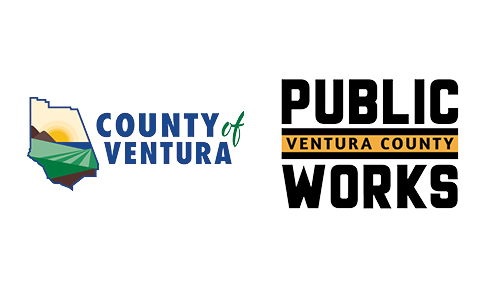Eco-Tip for 7-14-19
Thankful by the Tankful: Tankless, Gray, and Other Options
By David Goldstein, VCPWA, IWMD
The five “Shower Flowers” raffled by the city of Thousand Oaks during their Arbor/Earth Day a few months ago were surprisingly popular. The shower flower, which retails for about $50, is used to collect water as a shower warms, and it looks like an upside-down umbrella, with the end of the umbrella’s center pole top stuck into a clear plastic water jug with a handle.
Attendees at the event earned raffle tickets for visiting every booth or for attending presentations, and they had many choices of potential raffles prizes, so their choices of where to place raffle entry tickets became an interesting way to measure the viability of various conservation options. The popularity of the shower flower showed there are a lot of people concerned about their waste of water as their shower warms.
John Brooks, a Sustainability Analyst with Thousand Oaks, pointed out people can instead use a bucket to capture water, but he acknowledged buckets placed on the shower floor may not capture all the water from a shower head with a wide spray, can be hard to carry without spills, and do not pour in narrow enough streams to be used for watering indoor plants. One solution, Brooks notes, is to use bucket-captured-water to fill a flushed toilet before it fills automatically from your pipes. Of course, that method of using captured water generally requires either keeping the tank lid off or giving yourself more time by turning off the water to the tank. “Most people would not want to do that,” he says, “especially if they have to reach down and twist an old, crusty valve.”
Fortunately, many people have found shower water warm-up solutions they regard as even better than best capture devices. The simplest of these solutions is to take a “Navy shower.” Turn off the water while lathering.
Instant hot water is another solution, and it is often confused with tankless water heaters. Tankless systems heat water as needed, rather than storing it in a tank, but they still leave cold water in the pipes between the heating unit and the shower faucet. Instead, real instant hot water can be achieved through installation of a circulation pump. Expensive versions of this system, widely used in hotels, require a hot loop, which is a separate network of pipes circulating hot water. Less expensive versions, not requiring replumbing of your house, circulate hot water through both the cold and hot lines during only the times of day specified by their programming. This less expensive system is often called a “comfort pump,” cost about $400 and can be installed by a plumber for less than $300. That is expensive, but perhaps a small price to pay for never again feeling the need to lug buckets of water through your house.
Re-routing graywater is an even more comprehensive solution. The water running down drains from your shower or your clothes washer can be re-directed to irrigate your flower beds and shrubs. Graywater can even be used for irrigating citrus and avocado trees, if done correctly, but graywater is generally considered too contaminated to be used for low-to-the-ground vegetables such as carrots and strawberries. Graywater should also not be allowed to accumulate on the surface of the ground, where it poses risks to pets, children, and the public.
Most cities, and the Ventura County Building and Safety Division, have standard plans for a safe and sanitary gray water system. Some city web sites refer to this as a “LGDS installation,” using the abbreviation for “laundry graywater disposal system.” Such systems are generally allowed only on a property with a singlefamily home. The County’s web page on the topic presents 12 simple rules for permitting a gray water system with a standard plan template.
If you install a graywater system, use biodegradable soaps, and if you wash anything with grease, blood, urine or feces in it, divert the graywater to the sewer system where it can be property treated. Perform regular cleaning and maintenance on your graywater system to keep it working properly.
Saving a bucket of warm up water before a shower is virtuous but requires hard work and saves little. Converting to an instant hot water system or installing a graywater recovery system saves far more water with far less effort. Plumbing changes are expensive, but you will save money on your water bill, and you will help the environment.
Guide for gray water: http://venturawatershed.org/wpcontent/uploads/2014/06/VRWC_Graywater_LGD_Systems.pdf
Shower flower: https://www.youtube.com/watch?v=-HFZ8HtaiEE






